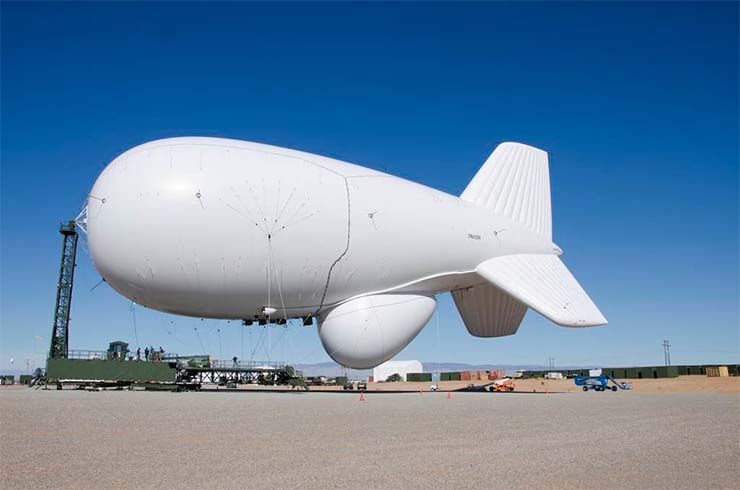
Washington: The US Army is examining how it can reinvigorate its ageing fleet of blimp-like aircraft known as aerostats that serve as elevated surveillance and communication platforms.
The service is interested in the updates amid a focus on countering the Russian and Chinese militaries, forces more sophisticated than those that fought for decades in the Middle East.
“Aerostat, I think, is synonymous with the old fight, counterinsurgency,” Lareina Adams, a project manager for terrestrial sensors, said at the Association of the US Army convention here.
“But what we’re trying to see is if we can expand the applicability of the aerostat to other missions that will support the Army in 2030.”
Future aerostats could carry autonomous capabilities — slashing costly logistics and staffing needs — or even counter-drone payloads. Adams said she observed autonomous features aboard an aerostat at a recent demonstration, but offered few additional details.
The US Army has for decades deployed and tinkered with aerostats and other so-called lighter-than-air technologies. Examples include the Persistent Threat Detection System, PTDS, and the Joint Land Attack Cruise Missile Defence Elevated Netted Sensor System, JLENS.
“One of my priorities is to help reimagine aerostats,” Adams said. “We’re starting to have those conversations with the requirements community within the Army to figure out what the needs are. We’re also looking at industry, as well, to see what advancements they’ve made.”
The terrestrial sensor bureau that Adams leads is part of the Army’s Program Executive Office for Intelligence, Electronic Warfare and Sensors. The executive office is tasked with helping develop and deploy everything from aerostats to biometric devices, electronic jammers to soldier-carried navigation tools.















